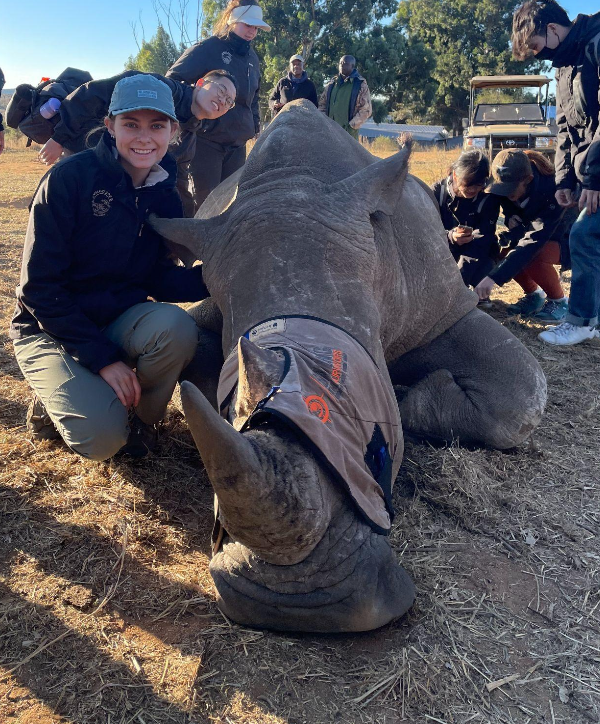The Human Animal Bond
 Tuesday, March 19, 2024 at 12:00PM
Tuesday, March 19, 2024 at 12:00PM Submitted by Meghan Lawlor, University of Missouri
“The human-animal bond is a mutually beneficial and dynamic relationship between people and animals that is influenced by behaviors essential to the health and wellbeing of both. This includes, among other things, emotional, psychological, and physical interactions of people, animals, and the environment.” (AVMA)
No textbook definition, such as the one above, truly encapsulates the vastness and significance of such a phenomenon. Even following the semester-long psychology course I took as an undergraduate from a renowned human-animal behavior researcher, I didn’t walk away with a true understanding until years later.
The COVID-19 pandemic, soon after, brought an incredible amount of isolation, loss, suffering, and so much more to our world; however, it also brought the ultimate power of animal companions to light, as many would no longer be able to see loved ones for years on-end.
There comes the power of the human-animal bond.
Through volunteer service at a local assisted living facility, I have come to recognize just how critical the residents’ pets have been to preserve both their physical and mental health. In a world of ever-changing circumstances, their pets have served as their one constant, providing joy and unconditional love when they needed it most. Residents often explain just how their pets seem to know exactly when they feel ill, upset, angry, or lonely – “I just wish my sweet cat could talk back to me when I chat with her every morning,” a resident once exclaimed. “He is just such great company for me,” many admit with every visit. Their pets have stuck closely by their side through illness, injury, recovery, and grief by loving their owners unconditionally and expecting nothing in return — I believe this is what makes the human-animal bond so strong. Many residents value their animals just as much, if not more, than their own family members, serving as the ultimate example of just how unbreakable the human-animal bond can grow to be even with ever-changing circumstances and time.
 op-ed,
op-ed,  student experience in
student experience in  Op-Ed
Op-Ed 
